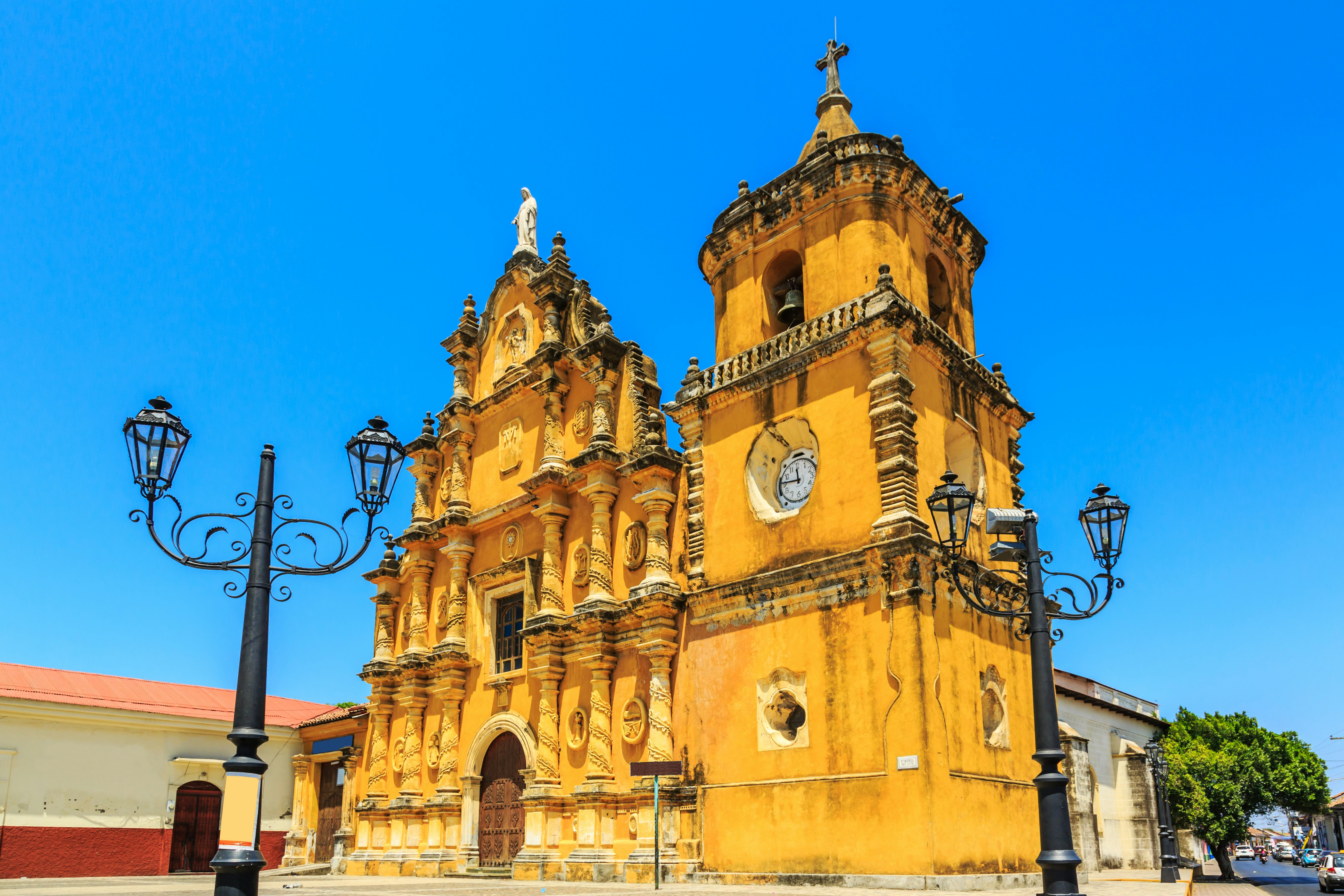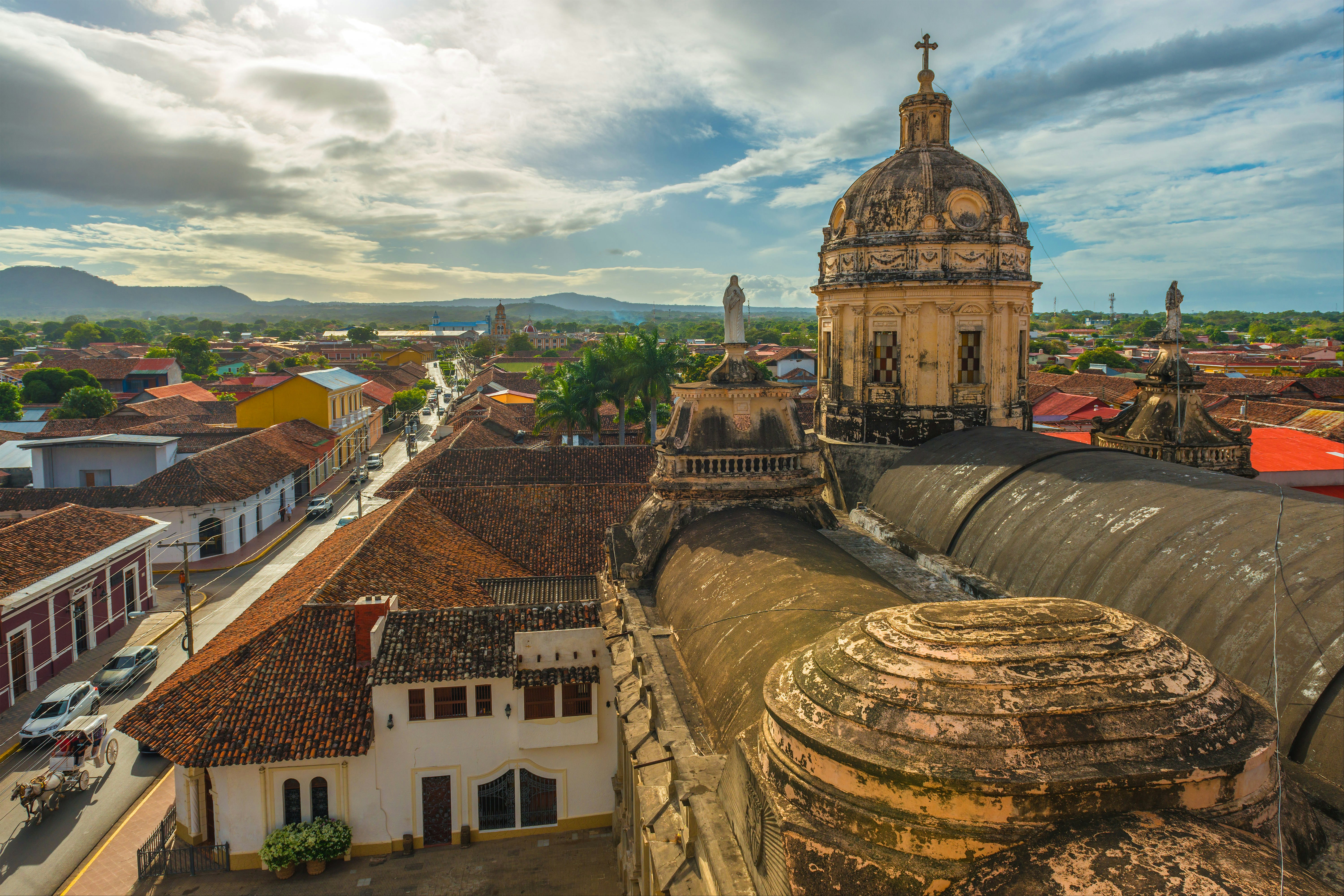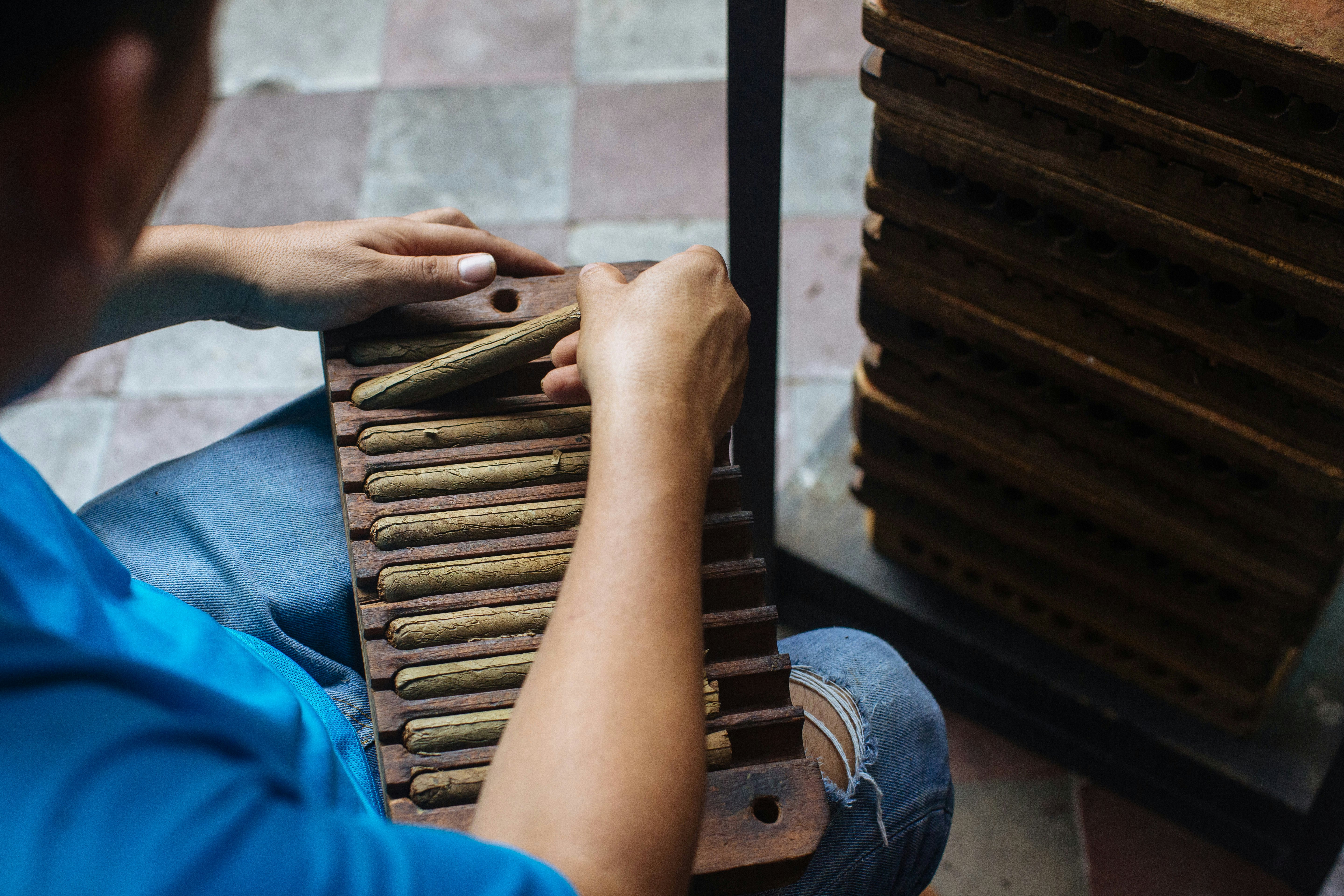
Can Nicaragua's diverse environment be enough to bring travelers back to the country? nnnegativs / Getty Images
From lava-spewing volcanoes to idyllic, far-away beaches, Nicaragua's natural landscape measures up to some of the world’s best. But a series of clashes between anti-government protestors and the supporters of president Daniel Ortega have caused the death of 325 Nicaraguans in the spring of 2018 and placed a cloud of uncertainty over the entire country.
The ethical dilemma of traveling to Nicaragua
The Nicaraguan government has been accused of using tourism as a PR tool to promote a stable image of the country. While everything may seem ‘normal’ on the surface, the reality for Nicaraguans is quite different. Visiting tourists can provide a false image of normalcy, but tourists not visiting has a direct impact on an already bad economy and the livelihoods of thousands of families who rely on it.
Even the most intrepid travelers have concerns. The embers of violence have cooled and life is slowly returning to a sense of normalcy. It’s important to exercise caution, but here are areas in Nicaragua ready to welcome travelers.
Managua
Nicaragua’s misunderstood ugly duckling. As the capital, Managua is more prone to political demonstrations. The constant police presence is an occasionally alarming reminder that big brother is watching.
Even before the protests, many travelers used Managua as a hub to get other spots around the country. But, if you elect to stay in the city for a few days, exercise caution and avoid protests.
The chaotic city without street names is not easy to navigate, but you'll eventually find yourself exploring third-wave coffee shops, food-truck parks, authentic local food, specialty stores and local markets. And when the sun sets, the party begins with Nicaraguan music concerts, Latin dance parties, underground electronic fetes, craft beer bars and fine cuisine.

León and las Peñitas
León is a vibrant city full of inspiring architecture and artsy vintage murals.
The student town, considered the heart of Nicaragua, is located an hour-and-half from the capital city of Managua and was once home to Nicaragua’s greatest poet – Rubén Darío.
The city was a hot spot during the protests and demonstrations can happen anywhere around the city. If a protest begins, do not get involved and leave the area.
While in León, access the rooftop of the Cathedral Basílica de la Asunción (the largest in Central America) for a unique view of the city and the surrounding volcanic chain of Maribios. Pay a visit to Fundación Ortiz Gurdián to see one of the finest contemporary art museums in Central America. For an adrenaline fix, try volcano surfing down the black sands of the Cerro Negro.
Just 25 minutes west of León you’ll find Las Peñitas beach an easy-going surf spot with access to mangroves and Isla Juan Venado – a nature reserve popular for its bird-watching and turtle nestings.

Volcán Masaya
In a country filled with volcanoes, Volcán Masaya stands out from the crowd. The very active natural wonder was known as the ‘mouth of hell’ by Spanish conquistadors, is located on Parque Nacional Volcán Masaya, the country’s largest national park. For truly mesmerizing views, visit Volcán Masaya at night.
The town of Masaya, located 30 minutes from the national park, was a stronghold of anti-government protesters. As a result there was a strong police presence in the area causing many businesses to close. Though the situation has cooled down, it would be best to skip this small town.

Granada
History lives on every corner in Nicaragua’s oldest town. Founded in 1524, Granada has been invaded by pirates led by Henry Morgan and burned down twice by the self-proclaimed ‘President of Nicaragua’ William Walker, an American expansionist from Nashville.
To get a true sense of Nicaraguan history, however, visit Convento y Museo San Francisco, one of the best museums in the region.
Granada is located at the foot of the green and dormant Volcano Mombacho. The area boasts a nature and wildlife reserve with clear designated hiking trails, ziplines and coffee haciendas. Mombacho also offers panoramic views of Granada and Lake Cocibolca.
If the mainland isn’t for you, stay on one of the 365 islets that make up the archipelago – Isletas de Granada, which was formed by a massive volcanic landslide 20,000 years ago.
A darling among tourists, Granada has felt the brunt of the civil unrest. The peaceful and picturesque town painted in bright colors is now mainly shuttered as nearly half of the city’s businesses have closed in the past year. You can still find a decent variety of restaurants and cheap 'crisis' deals at a wide range of hotels as the remaining businesses try to stay afloat.
Corn Islands
The white-sand Caribbean paradise found on the Corn Islands remains remote and untouched. Distance kept the secluded getaway free of the violence and protests, leaving the beaches pristine and environment serene. Of course, all this serenity comes at a price – no cars, wifi or electricity (at times), particularly on Little Corn. But once you set eyes on the area, you won't mind at all.
Laguna de Apoyo
Located about 9 miles (15 km) north of Granada, this peaceful crater lake is believed to be the cleanest and deepest in the country. Whether you decide to just view from the crater's edge in Catarina or Diriá or head to the bottom of the crater for swim, you won't be disappointed.

Pacific Coast Beaches
All the beach towns in Southwestern Nicaragua have remained relatively calm and isolated from the civil unrest. The cluster of mountains, bays and uncrowded waves have something for everyone; from world-renowned surf breaks in Popoyo, which hosted the world surfing games in 2015, to affordable luxury beach developments in Tola.
International hub – San Juan del Sur – attracts the young and beautiful, but also offers top-notch lodgings (try El Coco Azul) and fantastic dining (try Asados Juanita). Not completely immune to all the troubles, tourism numbers have also dipped in the area in comparison to prior years.
Ometepe
Reaching Ometepe and seeing its famed twin volcanic peaks – Concepción and Maderas – was the kind of arduous journey that never attracted very large numbers of travelers.
The area was under heavy police presence during the height of the unrest, and though things have cooled down, the local economy is suffering. Tourism has almost completely disappeared and many people have gone back to basic agricultural practices to survive.

Northern Highlands
The land of coffee and cigars isn’t usually high on travelers’ list, but anyone seeking a mountain experience won’t find a better place.
The civil unrest reached the main towns of Matagalpa and Estelí, but things have settled down. Estelí is the major producer of premium cigars in the world. Spend an afternoon learning the art of cigar manufacturing.
Matagalpa is about an hour-and-half southeast of Estelí and is filled with endless lush green mountains and waterfalls. Enjoy the coffee farms, the farmstays and unspoiled country life.
Essential travel tips
The United States has issued a level 3 ‘Reconsider travel’ advisory on Nicaragua due to the ‘civil unrest, limited healthcare availability and arbitrary enforcement of laws'. Both the UK and Canada have issued ‘exercise a high degree of caution’ travel advisories.
Commercial airlines still fly to the country.
When in Nicaragua
Avoid all demonstrations
Don’t take photographs of the heavily armed police.
Sign up for online alerts from your local embassy to stay on top of any political unrest.
Nicaragua is under the international scope for sanctions, the economy is in a recession expecting a decrease in GDP of 7-11% for 2019.
Armed robberies have been reported by travelers; however, no tourists have been killed, including during the height of the civil unrest.



